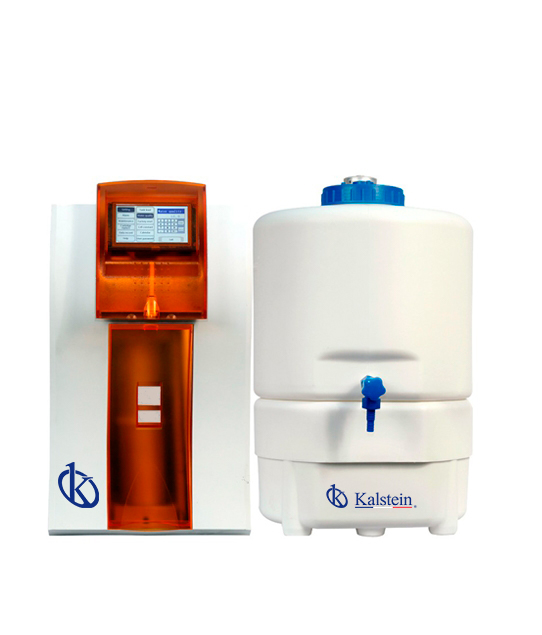Reverse osmosis is a technology for water purification, where a semi-permeable membrane is used to remove minerals and ions from the water, and remove larger particles from the water.
This technique works by applying pressure to the water to push it through the semi-permeable osmosis membrane to filter it. This semi-permeable membrane allows the passage of some molecules or ions, through diffusion. The rate of passage will depend on the osmotic pressure, concentration, electrochemical gradient and temperature of the molecules or solutes, as well as the permeability of the membrane to each solute.
A reverse osmosis system does not require great care or much special care, it is an easy-to-use water treatment equipment. The priority recommendation is to carry out preventive maintenance and change the filters at most every 6 months and clean the water pipes to avoid accumulation of dirt.
Main cares for a reverse osmosis equipment
- The reverse osmosis equipment must be kept in a safe place that is out of the reach of children; reverse osmosis systems can easily be damaged by improper use.
- Maintain constant care of the filtration system. Backwash the filter and activated carbon purifier at least twice a week, if you have a softener, that it works properly.
Always use good quality cleaners, brand cleaners are formulated with a buffer that stabilizes the pH and prevents damage to the membranes.
- Know the contaminants in the water you use, evaluate: total dissolved solids, hardness, pH, alkalinity, iron and silica. This makes it easy to spot enemies that could damage your membrane.
- If the equipment additionally has a scale inhibitor, antifouling or dispersant system, care must be taken: following the manufacturer’s recommendations, checking that the level of the inhibitor or dispersant solution tank is adequate, supervising the operation of the dosing pump and keep a record of the consumption of the inhibitor or antifouling.
- Never use the reverse osmosis system if the scale inhibitor, antifouling or dispersant system is not working, it is recommended to have a backup dosing pump.
- Control at least once a day the operating parameters such as: rejection flow, permeate flow, operating pressure, and product water conductivity. This way you can avoid any problems and prevent equipment deterioration.
- Be consistent with the annotation of operating parameters, such as feed water quality, product water quality and maintenance performed at your plant.
At Kalstein we are MANUFACTURERS and we offer you excellent reverse osmosis systems for your laboratory at the best PRICES on the market. That is why we invite you to take a look at: HERE

